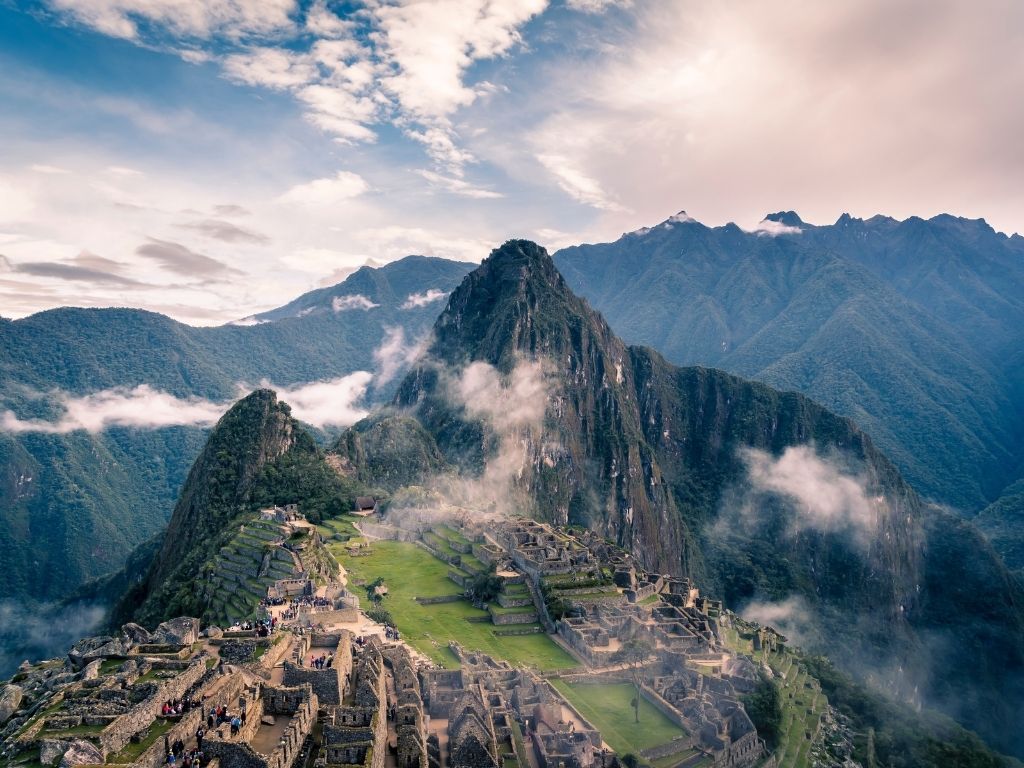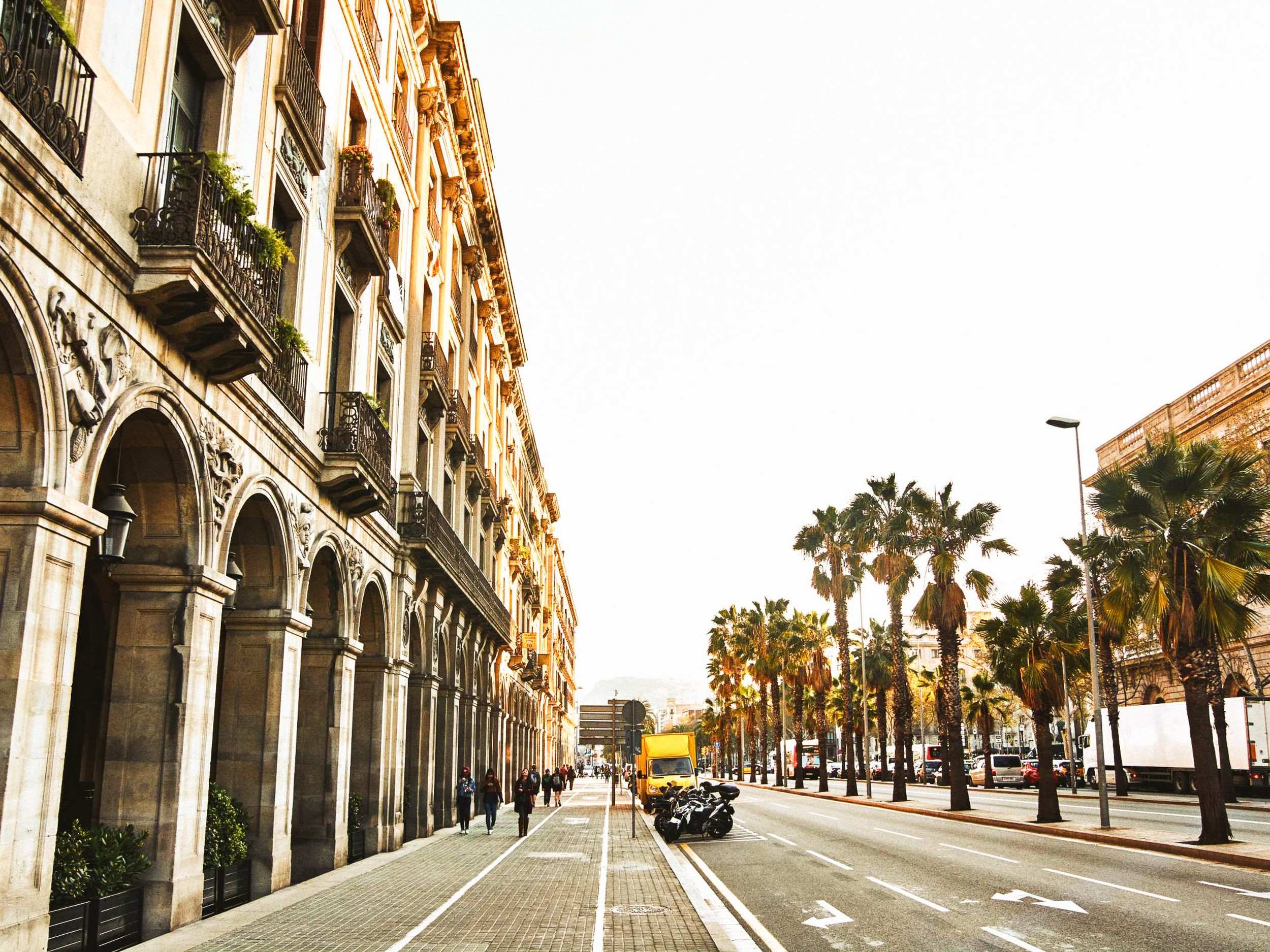Born July 6, 1907, Frida Kahlo is one of Mexico’s greatest cultural icons. Her vivid, evocative portraits and works of art incorporate themes of death, identity, reflection, and the human body. Her intense gaze jumps off the canvas as you take in her many self-portraits and unflinching, vibrant pieces of art.
Understanding Frida Kahlo’s Life and Work
To fully grasp the symbolism and power behind Kahlo’s work, it’s crucial to understand her complex journey to becoming the artist we know today.
Frida Kahlo’s Early Life
She explored her own identity from a young age, trying to decipher her place in the world as the daughter of a German father of Hungarian descent and a Mexican mother of Native American and Spanish descent. After a battle with polio as a child, she developed a lifelong limp. As a young girl, science initially piqued her curiosity, and she attended the National Preparatory School with the goal of becoming a doctor. However, life had more serendipitous plans for Kahlo. The famed artist Diego Rivera was working on a mural at the National Preparatory School, sparking the initial meeting between the two that would later develop into a tempestuous relationship.
Frida Kahlo’s Career and Personal Life
Frida Kahlo’s accident took place in 1925 when she was seriously injured in a bus accident. Forced to navigate a slow and painful recovery process, Kahlo’s physical pain would later translate into her artwork. But out of tragedy came possibility – during her healing process, she taught herself to paint. Later, Kahlo and Rivera reconnected when Kahlo joined the Mexican Communist Party.
Rivera and Kahlo married in 1929 and spent several years traveling in the United States. In 1933, they returned to Mexico City and moved into a newly built home with two separate spaces connected by a bridge. The home became a hub of political and cultural momentum, as Kahlo and Rivera regularly hosted activists and artists. Leon Trotsky, a Russian Revolutionary, was a frequent visitor and ultimately became entangled in a brief affair with Kahlo.
Kahlo and Rivera’s marriage was undeniably tumultuous – filled with strife and affairs – and they divorced in 1939. The dissolution of their marriage fueled Kahlo’s artistic stamina, and she completed many of her most famous pieces in the aftermath of her divorce. The two reconciled a year later and moved into Kahlo’s childhood home, Casa Azul. Kahlo maintained her energy for painting, despite her declining health. Though she passed away at Casa Azul in 1953, her legacy, inspiration, and artistic genius endures.
Today, the Frida Kahlo Museum in Mexico City (at Casa Azul) is a testament to the artist's life and work, offering visitors a glimpse into her private world and her inspirations. A guided tour of the Frida Kahlo museum will help you understand the significance of the Frida Kahlo paintings housed within the cerulean walls, as well as the struggles she faced in her personal life.
Surprising Facts about Frida Kahlo
As one of the most famous Mexican artists, Kahlo’s life is a constant subject of intrigue and curiosity. Here are some unique facts about Frida Kahlo art, and the woman behind the paintbrush.
- She created nearly 200 paintings in her lifetime, and around one-third of those are self-portraits. She is widely regarded as a master of self-portraits.
- “Self Portrait with Thorn Necklace and Hummingbird” is often considered her most famous self-portrait.
- The 500 Mexican peso bill includes a portrait of Kahlo on one side and Rivera on the other.
- Kahlo’s painting “Diego y yo” sold in a 2021 auction for $34.9 million shattering the previous record auction price for a Latin American piece of art.
Kahlo’s paintings are brimming with significance and symbolism, her life is the study of a woman who was far ahead of her time. From her personal story to her incredible legacy, Kahlo’s life is a rich tapestry of historic experiences and contributions.
Seeing Frida Kahlo's Iconic Paintings in Person

If you want to experience Frida Kahlo paintings in person, spend some time at Casa Azul, the home of the Frida Kahlo Museum. Walk the same halls she walked as you view her masterpieces and get a peek inside her personal home.
Viewing her artwork in person evokes the emotional turmoil and personal history layered on each canvas. Many of Kahlo’s works at Casa Azul have never been loaned out to museums, so you’ll get an exclusive look at these incredible pieces. The museum also features special exhibitions, like a display of Kahlo’s wardrobe and personal effects.
Enhance your experience with our guided tour of the Frida Kahlo Museum, hosted by a local historian. As you move from Casa Azul to the Leon Trotsky Museum to the Coyoacán Neighborhood, you’ll gain deep insights into the artists’ works, activism, and legacies.
The Meaning Behind Frida Kahlo’s Paintings

Kahlo’s self-portraits and surrealist paintings are renowned for her use of vivid colors, intricate symbolism, and raw emotional expression.
Kahlo's paintings are filled with symbolism and represent many different themes and ideas. Some of her most famous works, such as "The Two Fridas" and "Self-Portrait with Thorn Necklace and Hummingbird," depict her own emotional turmoil and the pain she experienced throughout her life.
Other paintings, such as "The Broken Column," are a metaphor for her physical pain caused by lifelong surgeries and ailments. Kahlo's art also often features animals, plants, and other natural elements, which she used to symbolize different aspects of her life and identity.
In a profound illustration of her perspective on art, Kahlo is quoted as saying, “I paint flowers so they will not die.” Just as the depictions so brilliantly created on her canvases, Kahlo’s own life lives on through her groundbreaking artwork.
Experiencing the Vibrant Neighborhood of Coyoacán

Occupying land once inhabited by Ancient Aztec communities, the musical and bohemian atmosphere infused in Coyoacán’s traditional Mexican Market and main plaza is not to be missed.
This district has been home to noted artists and writers, such as Luis Buñuel, Jorge Ibargüengoitia, David Alfaro Siqueiros, Miguel Ángel de Quevedo, Dolores del Río, Emilio “Indio” Fernández, Manuel Álvarez Bravo and Octavio Paz. The artistic energy that inspired those creatives is alive and well in Coyoacán today.
Delight in traditional cuisines like an elote or churro as you stroll down the cobblestones of Callejón del Aguacate, an alley with beautiful street art and a shrine to the Virgin Mary. Stop at the Jardín Centenario (the Centennial Garden), built to commemorate the 100th anniversary of Mexico’s independence. Marvel at the emblematic fountain with two coyote statues at the center, a beautiful symbol for this bustling and historic park.
While you’re in the neighborhood, stop at Parroquia San Juan Bautista, a breathtaking 16th-century cathedral. Built in the Herrerian style, the cathedral’s exterior favors the simple over the ornate. However, the interior is bursting with archways and frescoes in the Baroque style.
Visit The Frida Kahlo Museum in Mexico City
Kahlo’s life and work are deeply entrenched in the history of Mexico City, so the Frida Kahlo Museum is a must-see if you’re planning to spend time in this dynamic place. It’s rare to get an opportunity to meander through an artist’s home, reveling in the environment that brought forth such powerful art.
Consider booking our Frida Kahlo Museum Tour to fully immerse yourself in the nuances of the history and life of Frida Kahlo, one of Mexico City’s national icons. We also offer Mexico City Tours to enhance your time in this colorful city where tradition meets today in unexpected and brilliant ways.
You Might Also Like:













